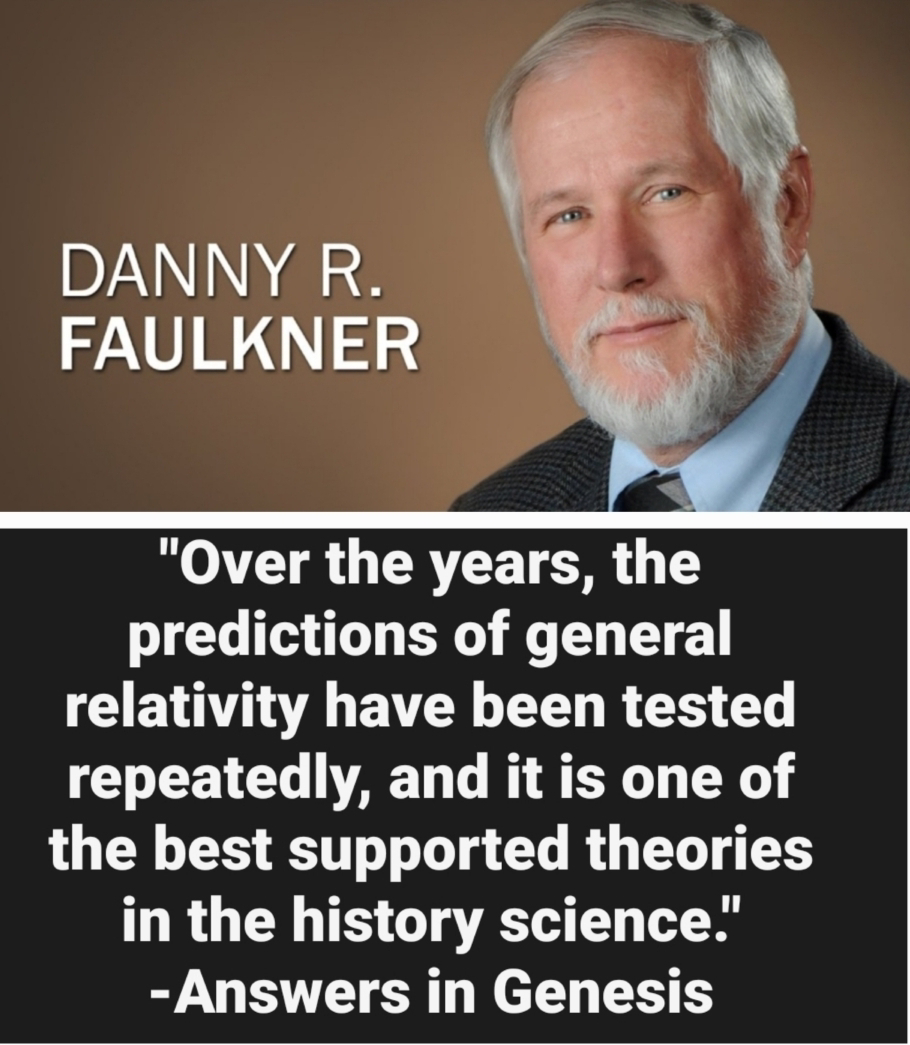The Accuracy of Einstein's Theory of General Relativity
Einstein's theory of general relativity, published in 1915, revolutionized our understanding of gravity. Rather than a force, it describes gravity as the curvature of spacetime caused by mass and energy. Over the decades, numerous experiments have validated its predictions with remarkable accuracy. Here's a look at the theory's accuracy and some of the key experiments that have proven it:
Accuracy of General Relativity:
General relativity has consistently passed rigorous experimental tests, solidifying its position as the most accurate theory of gravity to date.
Its predictions have been verified across a wide range of scales, from the orbits of planets to the behavior of black holes and the expansion of the universe.
While scientists continue to search for deviations that might point to a more complete theory, general relativity remains the foundation of modern cosmology.
Top 5 Experiments Proving General Relativity:
Here are some of the most significant experiments that have confirmed Einstein's theory:
The Precession of Mercury's Orbit:
One of the earliest confirmations of general relativity was its ability to explain the anomalous precession of Mercury's orbit.
Newtonian physics couldn't fully account for the observed shift in Mercury's perihelion (the point of its closest approach to the Sun).
General relativity accurately predicted this precession, providing strong initial support for the theory.
The Deflection of Light by Gravity:
Einstein predicted that gravity would bend light, and this was famously tested during a 1919 solar eclipse.
Arthur Eddington's observations of starlight bending around the Sun confirmed Einstein's prediction, catapulting him to international fame.
This phenomenon, known as gravitational lensing, has since been observed countless times, providing further evidence for general relativity.
Gravitational Redshift:
General relativity predicts that time slows down in stronger gravitational fields. This effect, known as gravitational redshift, causes light to lose energy and shift towards the red end of the spectrum.
Experiments, such as the Pound-Rebka experiment, have precisely measured this effect, confirming Einstein's prediction.
Also modern GPS systems rely on accurate time keeping and must account for the effects of gravitational red shift to function correctly.
Gravitational Waves:
General relativity predicts the existence of gravitational waves, ripples in spacetime caused by accelerating massive objects.
In 2015, the LIGO detectors directly detected gravitational waves from the merger of two black holes, a landmark achievement that provided further confirmation of Einstein's theory.
Observations of binary pulsars prior to the direct detection of gravitational waves, had also provided strong indirect evidence of their existance.
Observation of Black Holes:
General relativity predicts the existence of black holes, regions of spacetime where gravity is so strong that nothing, not even light, can escape.
The Event Horizon Telescope's image of the supermassive black hole at the center of the M87 galaxy provided visual confirmation of these extreme objects, further validating Einstein's theory.
Also the observation of the Black hole at the center of our own milky way galaxy has also added to the proof of Einsteins theory.
These experiments, among many others, have consistently demonstrated the accuracy and predictive power of Einstein's general relativity. While scientists continue to explore the universe and seek a more complete understanding of gravity, general relativity remains a cornerstone of modern physics.









Comments
Post a Comment